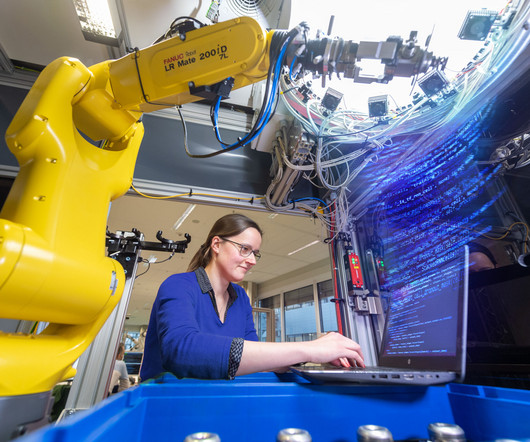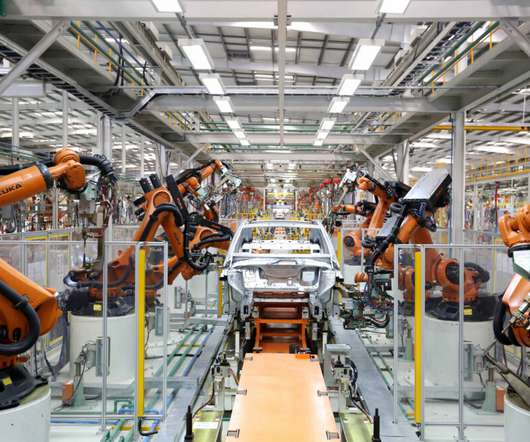Top Trends in 2025
Automation Mag
APRIL 15, 2025
However, industry experts suggest that automation and advanced manufacturing technologies might offer support against constantly changing economic forces and global market conditions. That said, we as manufacturers have to become smarter, faster, and bolder.
















Let's personalize your content